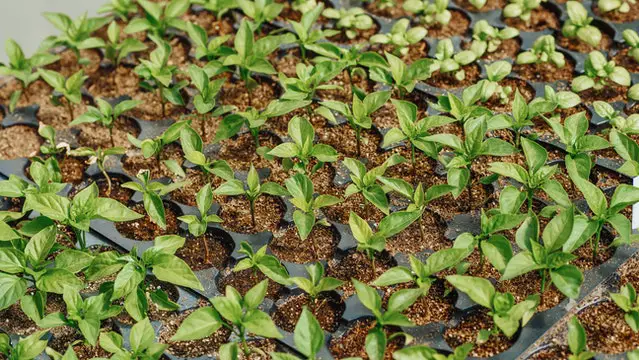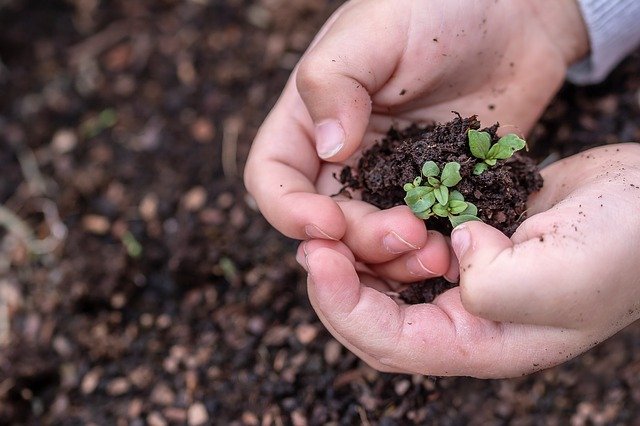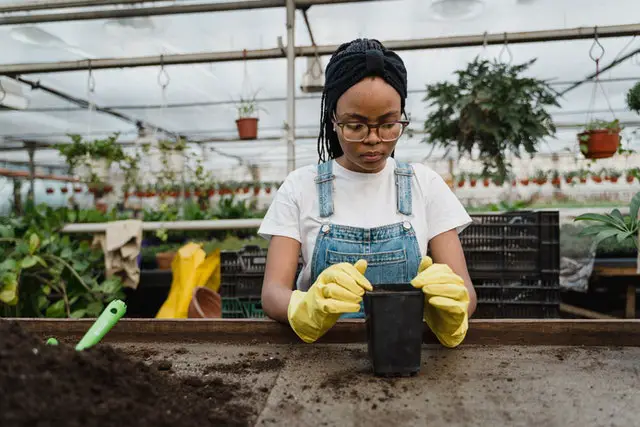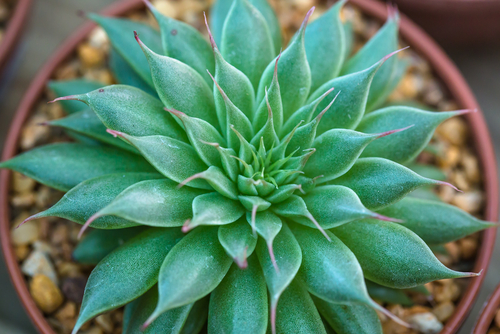One way to handle a tall haworthia flower stalk is to cut it after the delicate, white flowers finish blooming and dry up. Make sure you use a sterilized pruner and leave a few centimeters of stalk behind to help it grow. Alternatively, you can also let it continue growing to its full height.
Haworthias are easy to care for, and their stalks can even grow up to 16 inches upwards. To help you maintain the magnificence of your haworthia, let’s look closer into what to do with haworthia flower stalks.
Here are things that you can make with haworthia flower stalks.
What to Do With Haworthia Flower Stalk
Haworthias are beautiful and adaptable succulents that are generally small and take a long time to grow. These plants are well-known for their long stalks that bear gorgeous flowers once they are ready to bloom after two to three years of growth.
The stalk is there to entice birds and other creatures to pollinate the flowers, indicating that the haworthia is in an ideal situation for reproduction. Haworthias only produce stalks if you provide a lot of natural sunlight with some shade against hotter periods, showing that you care for the plant well. In this section, let’s look at how you can care for and handle a haworthia flower stalk.
1. Leave the Stalk To Grow

Many plant enthusiasts decide to continue letting the stalk of their haworthia grow in order to marvel at its full and impressive length. As we know, a stalk can reach up to 16 inches (or around 40 centimeters), making it a sight to see amongst other small succulents.
Leaving the stalk to grow won’t have detrimental effects on the health and wellbeing of your haworthia, so you can let it grow with peace of mind. However, it can be more inconvenient to take care of due to its length. You will have to carefully handle the stalk when you move the plant to water it or transfer it to a different pot.
Excessively moving or handling the haworthia flower stalk can eventually cause it to break and thus need a lot more time to grow. If you choose to propagate your haworthia, then when you remove the offshoots from the main base, you must also be careful not to disturb the stem.
2. Trim the Stalk After Flowering
Another thing you can do with the haworthia flower stalk is trim it after the flowering process in order to help it look tidy. Trimming the stalk requires sterilized scissors or another cutting tool that you can use to cut the stem of the plant, leaving around two to three inches from where it first grew.
Make sure that you don’t nick or cut any other part of the plant in the process. When it comes to trimming the stalk to make it look shorter, bear in mind that it takes a long time for haworthias to grow a stalk and flowers, taking around two and a half years on average.
As a result, the flowering stalk of the haworthia will probably grow to a long length before you trim it. You’ll then be able to see its height for yourself before removing the stalk.
3. Caring for Your Haworthia Flower Stalk
For the haworthia stalk to grow correctly, you must first take good care of the plant to promote its development. In this section, let’s look at the best way to care for your haworthia and encourage the growth of the stalk and flowers.
4. Soil Conditions

Haworthias thrive in soil that has an excellent drainage system. An example of soil that drains well is sandy soil, which works better than most other types on the market. It will also not retain water long enough that it leads to the accumulation of moisture, ensuring that you do not overwater your haworthia.
The soil is also essential for the stalk since the roots can better absorb water and help the stalk grow longer. It is also in a better state to be able to store nutrients for the flowers to bloom properly.
5. Temperature and Environment
The temperature that haworthias enjoy best is a warm temperature between 75°F to 90°F. While certain types of haworthia (among the 100+ species) can survive for a short amount of time in colder environments, they generally enjoy much milder temperatures to thrive and grow flowers.
Improperly storing your haworthia in direct sunlight during very hot months can cause both the main base and the stalk with flowers to wilt. There would also be a much higher chance for the stalk to break on its own.
6. Watering
As long as you provide good drainage, you can water your haworthias once a week during the hotter parts of the year. In the winter months, you can water them every other week. Ensure that the soil is completely dry before you water the haworthia. If your haworthia has a stalk and flowers, you can add moisture by running it under a soft stream of water.
To check for moisture content of the soil, use a long barbeque stick and place it inside the soil for about five seconds. Do not place it too close to the plant as it can reach the roots. Once you take out the stick, check if it is damp. Being damp to the touch means that you should not water the haworthia.
7. Re-potting

In order for your haworthia to produce a stalk properly, it needs to be able to grow and receive a lot of nutrients, so make sure that you re-pot it every year. Re-potting every year can help to give its roots more room and more nutrients to absorb. Remember that you must only re-pot the haworthia once a year since frequent uprooting can lead to damage.
When it is time to re-pot the haworthia, make sure that the stalk is always pointing upwards to prevent it from knocking against other items or plants. Next, place the haworthia in a tall section near a window to give it more room and sunlight.
See a previous post: Do Pothos Like to be Root Bound?
Summary
To wrap things up, you should take care when handling such a unique and versatile plant. To be able to see a stalk in the first place, you need to care for the plant properly. After its growth and production of flowers, you can either leave the haworthia stalk to continue growing or prune it once the flowers have finished blooming.
Frequently Asked Questions
Can You Cut Haworthia Flowers?
Haworthia flowers, though not very large, are incredibly beautiful. Unless there’s something wrong with a flower, such as having discolored areas or not being able to stick to the central stalk, you should refrain from cutting them. Wait until the flowers bloom and die before you clean up the haworthia through trimming.
Why Is My Zebra Haworthia Flowering?
If you care for your haworthia well and meet all its needs in terms of sunlight, moisture, soil, temperature, and more, it will begin to create a stalk near the middle of the plant. The haworthia flower stalk will eventually grow tall and produce small white flowers, a process that can take a few years before completion.
How Do You Propagate Haworthia From Flower Stems?
You can’t propagate using the stalks; however, you can propagate using the actual plant. First, uproot the haworthia and clean up the roots. Then pull the offshoots away from the center plant. If there aren’t any offshoots, pull away sections from the outer edge. Lastly, plant these sections in a well-drained plant pot.

Hey, I’m Lisa and I’ve been an avid gardener for over 30 years. I love writing, talking and living in the garden! Feel free to connect with me on my socials below

